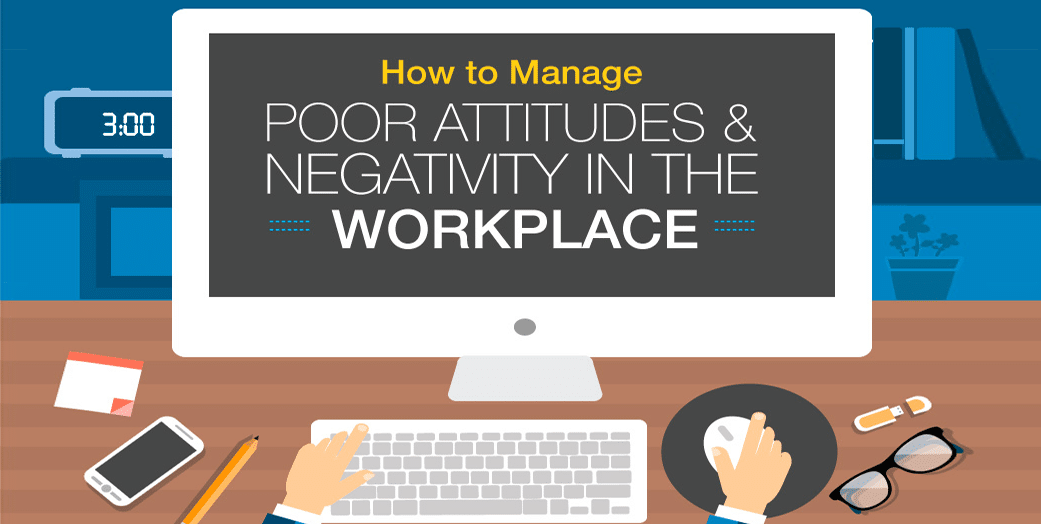Dealing With Negativity in the Workplace (Examples Included) …
Think about the people you’ve worked with over your adult years. Depending on when you started work — maybe in your teen years — you’ve probably worked with all different personality types and a range of backgrounds too. Some of them probably loved what they did—and some of them did not. Maybe that person has even been you at various points in your career.
Now think back to how you felt working with people who hated coming in for the workday. You probably didn’t like to be around them and didn’t do your best work either. What about the people who couldn’t wait to get to the office? Their enthusiasm was likely infectious — right?
If you think about it, attitude plays a huge role in working hours. It doesn’t just impact the person with the attitude — it impacts others in an office as well as the quality of the product or service that your company offers. Attitude encompasses more than what we say, too — it’s about body language and other signs.
There are many ways that a negative attitude can play out in an office, from refusing to share resources to whining. And employers are paying attention, too, to negative attitudes: It affects promotions and other aspects of a good employment history.
There are more productive ways that employees can deal with negative attitudes — even their own bad days. Sometimes they include structuring the day, the work environment, even the future of your career, in different ways. Employers can take steps, too, to reduce poor attitudes at work.
This infographic helps employers and employees better understand what a poor attitude is, what they can do to recognize it, and how they can help eliminate it.
(Source: Quill.com)





